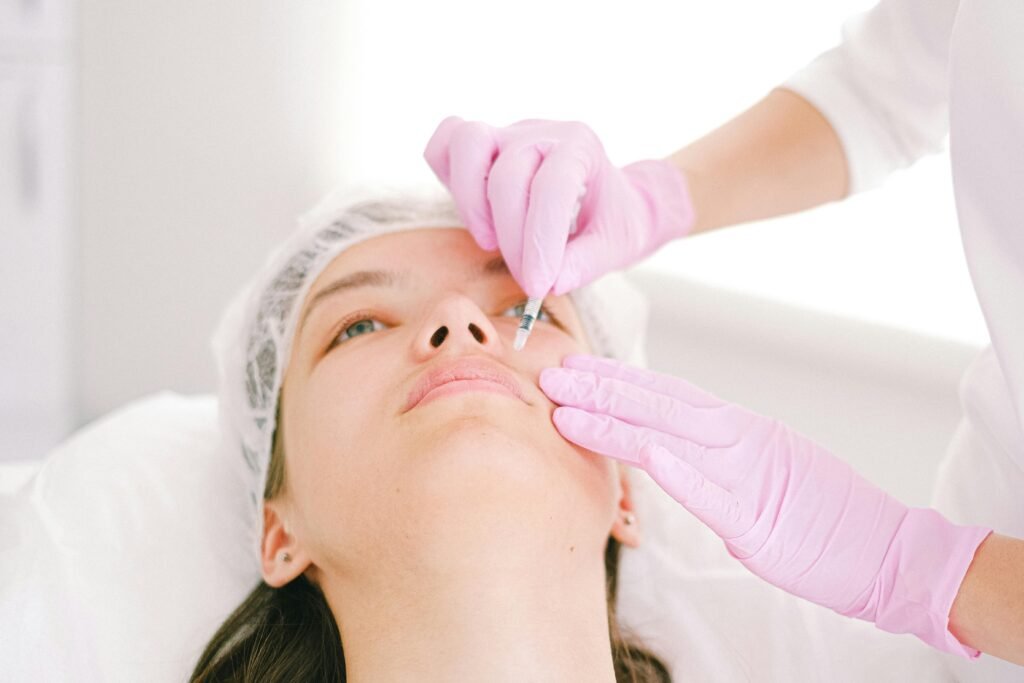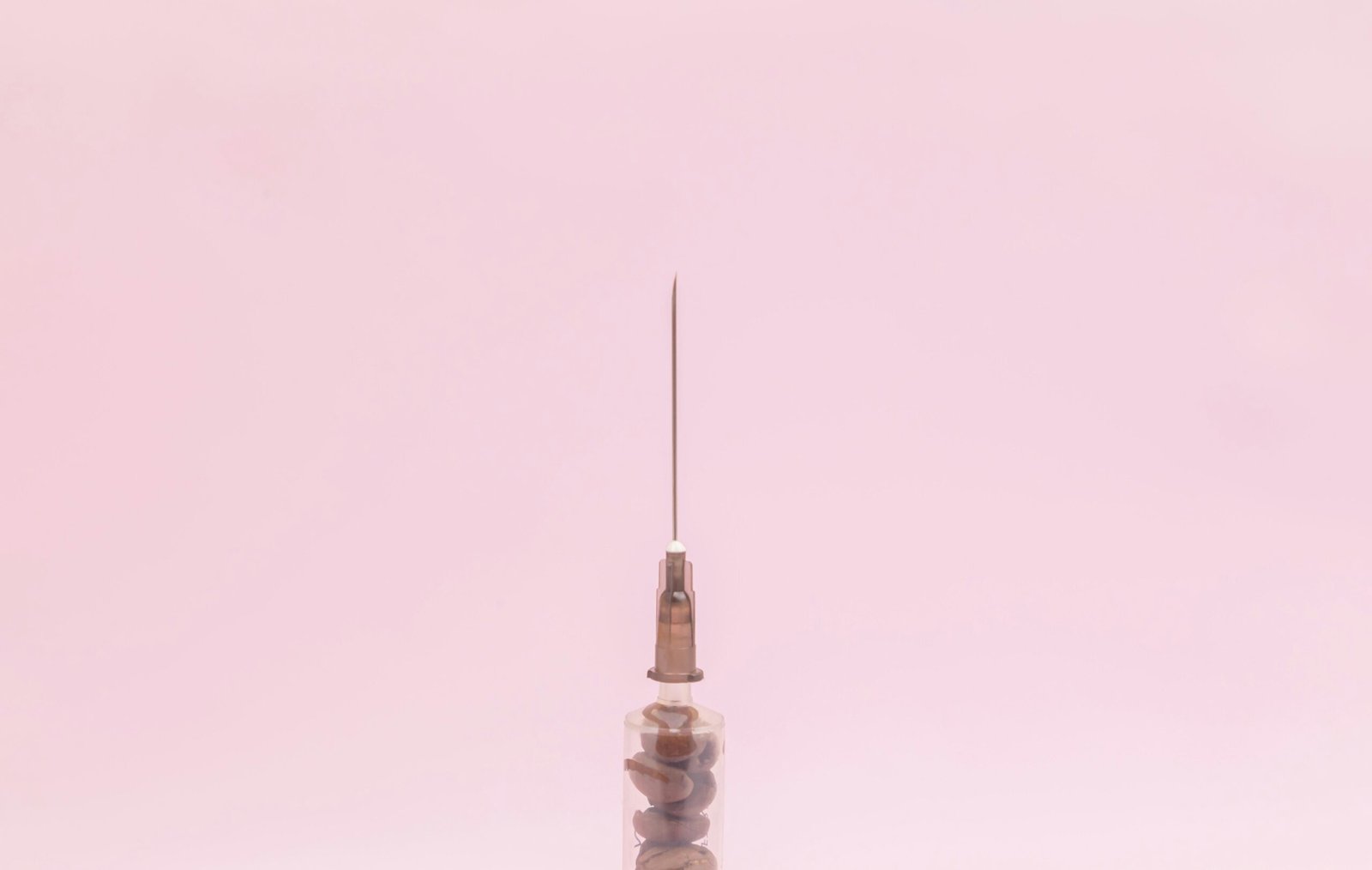10 Essential Facts You Need to Know About PMMA Filler: A Comprehensive Guide
Unveiling the 10 essential facts about PMMA dermal fillers is like discovering hidden treasures in a vast sea of beauty enhancements. Understanding dermal fillers’ composition, longevity, and potential side effects can enlighten patients considering this cosmetic procedure. Delving into the historical context of PMMA filler reveals its evolution from medical to aesthetic use, tracing its inception as a vital tool in plastic surgery. Join us on a journey through these crucial insights that will empower you with knowledge before taking the plunge into the world of plastics
Understanding PMMA
Understanding PMMA
PMMA filler is crafted from polymethyl methacrylate, a material compatible with the body. It consists of minute microspheres in a gel-like substance, free from any animal or human components
PMMA filler was first developed in the 1940s for medical purposes. It transformed procedures by offering cosmetic, long-lasting outcomes. The quest for a secure and efficient dermal filler, especially for the cheek, spurred its creation.
Properties
In contrast to glass, PMMA filler is pliable and can be shaped to suit diverse facial features without invasive methods. This alternative reduces risks compared to glass implants, which pose higher complication chances.
Extensive research has confirmed the safety of PMMA injection for facial volume ko restore karta hai aur wrinkles ko smooth banata hai, natural and long-lasting results ke liye for cosmetic applications when administered by skilled practitioners. While adverse effects are uncommon, disclosing existing health conditions before treatment remains crucial.
Applications of PMMA

Medical Uses
PMMA fillers have various medical uses beyond cosmetic applications. They are commonly employed in Reconstructive surgeries to correct facial asymmetry, treat acne scars, and augment lips. Dermatologists and plastic surgeons integrate PMMA injection into their practice for these medical purposes, showcasing its versatility in the medical field
PMMA injection has various medical uses beyond cosmetic applications. They are commonly employed in Reconstructive surgeries to correct facial asymmetry, treat acne scars, and augment lips. Dermatologists and plastic surgeons integrate PMMA fillers into their practice for these medical purposes, showcasing its versatility in the medical field
Cosmetic Uses
One popular cosmetic application of PMMA filler is for Cheek augmentation, enhancing cheekbones and providing a more youthful appearance. This procedure involves adding volume and contour to the mid-face area using PMMA filler injections. The non-absorbable nature of PMMA, such as cheek filler, ensures that the results are long-lasting, making it an attractive option for individuals looking to enhance their facial aesthetics without frequent touch-ups
Another common cosmetic use of PMMA filler is a dermal filler aimed at restoring volume and smoothing out wrinkles on the skin’s surface. Unlike temporary fillers that are absorbed by the body over time, PMMA fillers offer enduring outcomes due to their composition. Dermatologists frequently recommend dermal fillers like PMMA to address signs of aging effectively while improving overall facial appearance
Benefits of PMMA Filler
PMMA fillers offer a range of benefits, primarily centered around appearance. By enhancing one’s restoring lost volume in areas like the lips, cheeks, and chin, PMMA fillers can provide individuals with a more youthful and rejuvenated look. The natural results achieved through PMMA injections have become increasingly popular among those seeking facial enhancement
The duration of results is another significant advantage of PMMA fillers. For instance, Bella II, a notable brand of PMMA filler, stands out for its long-lasting effects that can endure for up to five years or even longer. This extended longevity distinguishes Bella II from temporary dermal fillers available in the market and appeals to patients looking for durable solutions for facial rejuvenation
Preparing for Procedure
Provider Selection
When considering PMMA filler injections, choosing an experienced and qualified provider is crucial. Look for professionals with extensive knowledge of facial anatomy. Seek providers with a track record of successful outcomes in PMMA treatments. For recommendations to ensure you select a reputable provider
Treatment Process
The treatment process for PMMA filler involves injecting the product into specific areas of the face using needles or cannulas. Before the procedure, a consultation with the provider is necessary to discuss goals and expectations thoroughly. The duration of the treatment process varies based on individual needs and the areas being treated.
Post-Care Instructions
Recovery Time
After receiving Bella II injections, patients usually have minimal downtime, allowing them to resume daily activities promptly. Some temporary side effects, like redness or swelling, might occur initially. Following the Post-treatment instructions from the provider is crucial for optimizing the recovery process
In contrast to more invasive procedures, Bella ll injections typically require little recovery time, making it convenient for individuals with busy schedules. While minor side effects are Common and manageable, severe Complications are rare but should be addressed promptly.
Side Effects Management
Common side effects of PMMA filler injections include temporary bruising, swelling, and redness at the injection sites. Applying cold compresses can help manage these side effects effectively. Strenuous activities should be avoided post-treatment to aid in a smoother recovery process.
Despite being generally safe, PMMA filler injections may lead to rare severe complications such as infection or allergic reactions requiring immediate medical attention. Patients must monitor their symptoms closely after treatment and seek medical help if any concerning issues arise.
Safety Concerns and Risks
Acrylic Toxicity
PMMA fillers, derived from a specific type of acrylic material, have undergone rigorous safety assessments. When used appropriately and in correct doses, the risk of minimal. Following the acrylic toxicity, is recommended dosage instructions is crucial for ensuring the safe application of PMMA fillers
Adhering to the prescribed guidelines mitigates any potential risks associated with PMMA filler injections. Proper administration by trained professionals further reduces the likelihood of adverse reactions or complications arising from Acrylic toxicity.
Side Effects Record
Bella II injections may lead to mild discomfort, swelling, or bruising at injection sites as common risks. While these effects are typically temporary, individuals should be aware of possible rare but severe outcomes like infections or granuloma formation following treatment with Bella II. Discussing potential side effects thoroughly with your healthcare provider before undergoing Bella II procedures is essential to make informed decisions about treatment options.
Comparison with Other Fillers
Overview of Juvederm
Juvederm, a popular hyaluronic acid filler, offers temporary results compared to PMMA fillers. While Juvederm may require more frequent touch-up sessions due to its absorbable nature, PMMA fillers like Bella ll stand out for their longevity and stability within the skin. The safety of PMMA fillers has been extensively studied and established over long-term use, providing reassurance to individuals seeking lasting results.
Regular follow-up visits following PMMA filler injections are crucial for ongoing safety monitoring. Understanding the differences between various dermal fillers can empower individuals to make informed choices about their aesthetic treatments. Unlike hyaluronic acid fillers that might necessitate additional touch-ups, PMMA fillers typically offer longer-lasting effects with fewer maintenance sessions required
- Longevity: PMMA fillers last longer than hyaluronic acid.
- Safety Monitoring: Regular follow-up visits ensure ongoing safety checks.
- Informed Decisions: Knowing the distinctions between different types of dermal fillers aids in selecting suitable treatment options.
Distinguishing PMMA from Others
Differentiating between various types of dermal fillers is essential when considering cosmetic procedures. For instance, while temporary options like hyaluronic acid provide immediate but short-lived outcomes requiring periodic reapplication, non-absorbable PMMA fillers deliver enduring results with minimal touch-ups necessary.
Understanding these disparities can guide individuals towards treatments aligning with their preferences and expectations regarding duration and maintenance requirements. By acknowledging the unique characteristics of each filler type, patients can make educated decisions tailored to their desired aesthetic outcomes.
- Hyaluronic Acid: Offers immediate but temporary results.
2. Bella ll (PMMA Filler): Provides long-lasting effects with fewer touch-up sessions needed.
3. Informed Choices: Knowledge about
Recovery and Results Duration
Bella II and Juvederm are both popular choices for facial rejuvenation, each offering unique benefits. Bella II stands out for its longevity, providing natural-looking results that can endure for several years. The collagen-stimulating Properties of Bella ll not only address volume loss and wrinkles but also enhance skin texture and elasticity.
On the other hand, Juvederm is a temporary dermal filler known for its hyaluronic acid-based formulations. This feature allows individuals to see immediate results with minimal downtime post-treatment. Whether it’s fine lines, wrinkles, or volume loss in different facial areas, Juvederm treatments effectively target these concerns.
When considering PMMA filler, understanding the recovery process and expected results duration is crucial. While Bella ll offers long-lasting effects due to collagen stimulation over time, Juvederm provides immediate outcomes with temporary solutions ideal for those seeking quick improvements without extended commitments.
- Bella ll
- Longevity of results
- Collagen production enhancement
- Juvederm:
- Immediate visible changes
- Temporary nature of the fillers
Closing Thoughts
You’ve now got the lowdown on PMMA llers. From understanding what PMMA is to the recovery process post-procedure, you’re all set. Remember, safety first, so follow those Pre-care instructions diligently. Compare your options wisely, and know that patience is key for optimal results. Recovery varies, but the wait is worth it for that refreshed look!
So, whether you’re considering a touch-up or diving into the world of PMMA fillers for the first time, armed with these facts, you’re ready to make an informed decision. Your journey to a more confident you starts now!
Frequently Asked Questions
What is PMMA filler, and how does it work?
PMMA filler, or polymethylmethacrylate, is a synthetic material used in cosmetic procedures to add volume and smooth out wrinkles. It works by stimulating collagen production in the skin for long-lasting results.
Is PMMA filler safe for cosmetic procedures?
When administered by a skilled professional in a controlled environment, PMMA fillers are considered safe. However, like any procedure, there are potential risks and side effects that should be discussed with your healthcare provider.
How does the recovery process look after getting PMMA fillers and fat injections?
After receiving PMMA fillers, you may experience some swelling or redness at the injection site. The recovery time varies from person to person but typically lasts a few days to a week. Following post-care instructions can help speed up the healing process.
Can I combine PMMA fillers with other cosmetic treatments?
Combining different cosmetic treatments with PMMA fillers may be possible depending on individual circumstances. It’s crucial to consult with your healthcare provider to determine the compatibility of multiple procedures and ensure optimal results.
Are there any specific safety concerns associated with using PMMA fillers for Tissue augmentation?
While generally safe when performed by experienced professionals, there are risks involved with using PMMA fillers. These include infection, allergic reactions, migration of the filler substance, or lumps forming under the skin. Understanding these risks is essential before undergoing treatment.



